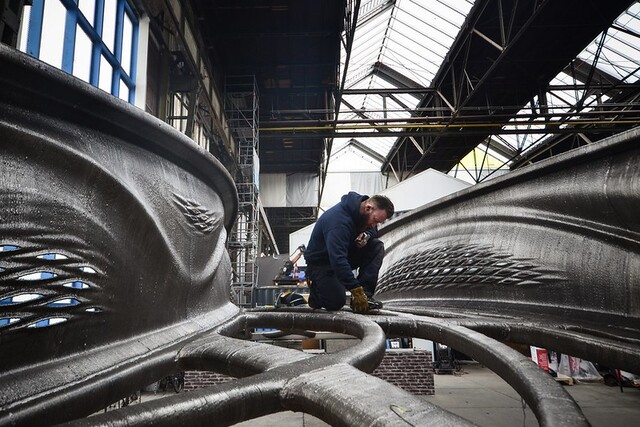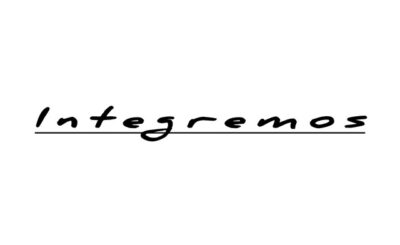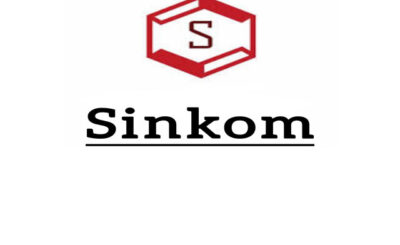Amorphous metal 3D printing has witnessed remarkable advancements in recent years, promoting innovation in a variety of sectors, including electronics, automotive, healthcare, and aerospace. One of the most promising and transformative breakthroughs in this realm is amorphous metal 3D printing. The ability to fabricate amorphous or non-crystalline metals directly using additive manufacturing techniques has unlocked new possibilities for creating lightweight, durable, and highly functional components. This article explores the latest technological innovations, challenges, and applications associated with amorphous metal bulk metallic glass 3D printing.
Table of Contents:
Understanding Amorphous Metals
Amorphous metals, often referred to as bulk metallic glasses (BMGs), are a class of materials characterized by their non-crystalline atomic structure. Unlike traditional metals, which have a highly ordered lattice structure, amorphous metals lack this regular arrangement. They have remarkable mechanical, thermal, and magnetic qualities due to their special structure, including:
- high ratio of strength to weight
- Outstanding resistance to corrosion
- Superior wear resistance
- High elasticity
- Enhanced magnetic properties
Because of these qualities, amorphous metals are perfect for a variety of uses, especially in demanding settings.
Role of Amorphous Metal 3D Printing in Business
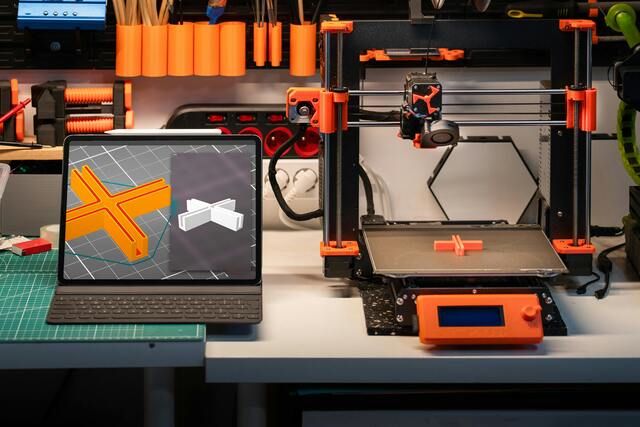
3D printing amorphous metals plays a critical role in transforming business operations by fostering innovation, reducing costs, and improving product performance. By enabling rapid prototyping and on-demand production, companies can significantly shorten development cycles and bring products to market faster. The technology also allows for the creation of highly customized solutions, meeting specific customer needs and enhancing competitiveness. Additionally, the sustainability benefits, such as reduced material waste and energy consumption, align with the growing demand for environmentally responsible business practices. As more industries adopt the process, it is set to redefine manufacturing paradigms and drive economic growth.
The 3D Printing Method for Amorphous Metal
Layer by layer, metallic materials are deposited while retaining their amorphous form in the amorphous metal 3D printing process. Traditional manufacturing methods for amorphous metals, such as rapid cooling of molten metal, often face limitations in terms of component size and complexity. The process addresses these challenges by enabling greater design flexibility and scalability.
Several techniques have been adapted and optimized for amorphous metal bulk metallic glass 3D printing, including:
1. The Laser Powder Bed Fusion
It is the most widely used method for fabricating amorphous metal components. In this process, a high-powered laser selectively melts and fuses layers of metallic powder, ensuring rapid cooling rates to retain the amorphous structure. LPBF offers high precision and is suitable for creating complex geometries.
2. The Directed Energy Deposition
It involves melting the material with energy (such as a laser or electron beam) and depositing metallic wire or powder at the same time. The technique is particularly useful for repairing or adding features to existing parts and is gaining traction for amorphous metal 3D printing.
3. The Binder Jetting
It employs a liquid binding agent to join layers of metallic powder, followed by sintering to achieve the final part. While traditionally used for crystalline metals, innovations in binder jetting are making it viable for amorphous metal 3D printing.
Advantages of 3D Printing Amorphous Metals
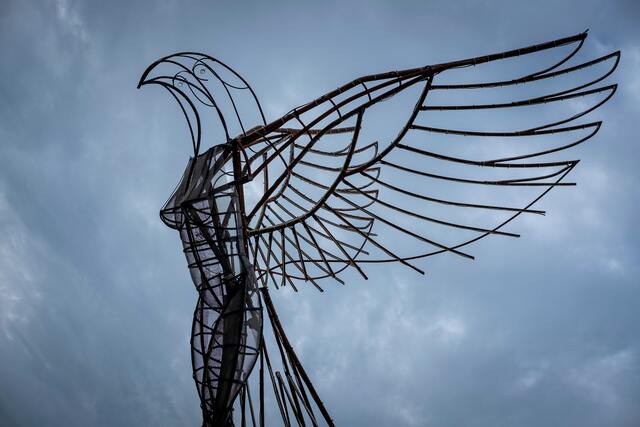
Numerous benefits have been brought about by the development of substantial metallic glass 3D printing for heterogeneous metal, which has completely changed material science and engineering. These benefits include:
- Design Freedom: Additive manufacturing’s layer-by-layer methodology makes it feasible to produce complex, personalized patterns that are not achievable with traditional techniques.
- Material Efficiency: The process minimize material waste, making it more sustainable compared to subtractive manufacturing.
- Enhanced Properties: Components fabricated using technique retain their superior mechanical and thermal properties, ensuring high performance.
- Cost-Effectiveness: By reducing the need for molds, dies, and extensive machining, the overall cost of production can be significantly lowered.
Challenges in Amorphous Metal 3D Printing
Despite its advantages, it is not without challenges. Researchers and engineers are actively addressing the following issues:
1. Maintaining Amorphous Structure
One of the primary challenges is ensuring that the metal retains its amorphous structure during the printing process. Factors such as cooling rates, laser power, and environmental conditions must be carefully controlled.
2. Material Availability
The creation of 3D-printable amorphous metal alloys is still in its early stages. Expanding the range of available alloys is critical for broader adoption.
3. Scaling Up
Expanding the method for amorphous material to produce larger components or high-volume manufacturing remains a significant hurdle.
4. Equipment Costs
The specialized equipment required for amorphous metal 3D printing, such as high-powered lasers and vacuum chambers, can be prohibitively expensive for some industries.
Recent Technological Innovations
The field of amorphous metal 3D printing is rapidly evolving, driven by groundbreaking research and technological advancements. Some notable innovations include:
1. Advanced Alloy Development
Scientists are developing new amorphous metal alloys with enhanced printability and performance. These alloys are tailored to withstand the thermal and mechanical stresses of its process.
2. Hybrid Manufacturing Techniques
Combining additive and subtractive manufacturing methods has emerged as a promising approach. For instance, hybrid systems can use the technique to create the initial amorphous structure, followed by precision machining for final detailing.
3. AI-Driven Process Optimization
AI and machine learning approaches are being used to optimize the 3D printing of large metallic glass composed of amorphous metal. These tools help predict and mitigate defects, improve cooling rates, and enhance overall efficiency.
4. Multi-Material Printing
Multi-material 3D printing creates new opportunities for gradient and functional materials by integrating amorphous materials with other materials. This capability is particularly valuable for applications requiring tailored properties.
Applications of Amorphous Metal 3D Printing
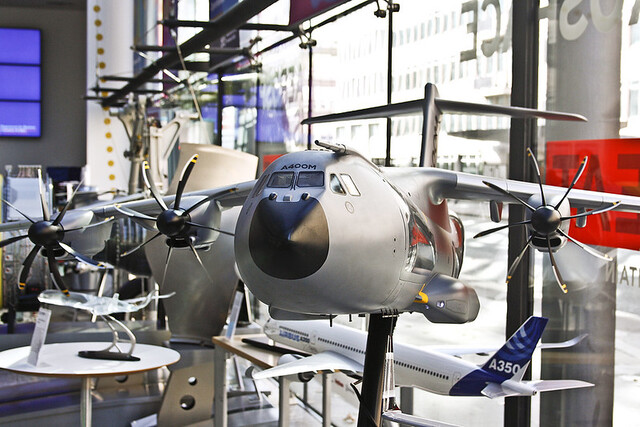
The unique properties of such metals have unlocked diverse applications across industries:
1. Aerospace
The process enables the production of lightweight, high-strength components for aerospace applications. These materials are ideal for turbine blades, structural components, and satellite parts.
2. Medical Devices
Amorphous metals are suitable for use in dental implants due to their biocompatibility and resistance to corrosion. surgical instruments, and other devices. 3D printing techniques for morphous metal enable patient-specific designs.
3. Electronics
The superior magnetic properties of amorphous metals are leveraged in the electronics industry for creating transformers, inductors, and magnetic shielding.
4. Automotive
Iron glass printed in 3D is used in the automobile industry to create gears, bearings, and other parts that need to be extremely strong and resistant to wear.
5. Defense
Amorphous Polymer metals are used in the defense sector for things like armor, lightweight weapons, and long-lasting parts for military vehicles.
6. Consumer Goods
From luxury watches to sports equipment, amorphous metal 3D printing enables the creation of high-quality, aesthetically pleasing products with enhanced performance.
Future Outlook
The process appears to have a bright future thanks to continued research and development that will hopefully overcome present obstacles. Key areas of focus include:
- Automation and Scalability: simplifying the 3D printing of amorphous metal to allow for large production.
- Cost Reduction: Developing cost-effective manufacturing techniques and equipment.
- Expanded Applications: Exploring new industries and applications for amorphous metals.
- Sustainability: Enhancing material efficiency and recycling capabilities to reduce the environmental impact.
Conclusion
Amorphous metal 3D printing represents a paradigm shift in manufacturing, combining the unique properties of amorphous metals with the flexibility and precision of additive manufacturing. As technological innovations continue to address challenges and expand possibilities, this transformative approach is set to revolutionize industries and redefine material science. The integration of amorphous metal bulk metallic glass 3D printing into mainstream manufacturing is not just a possibility—it is an inevitability that will shape the future of production.

